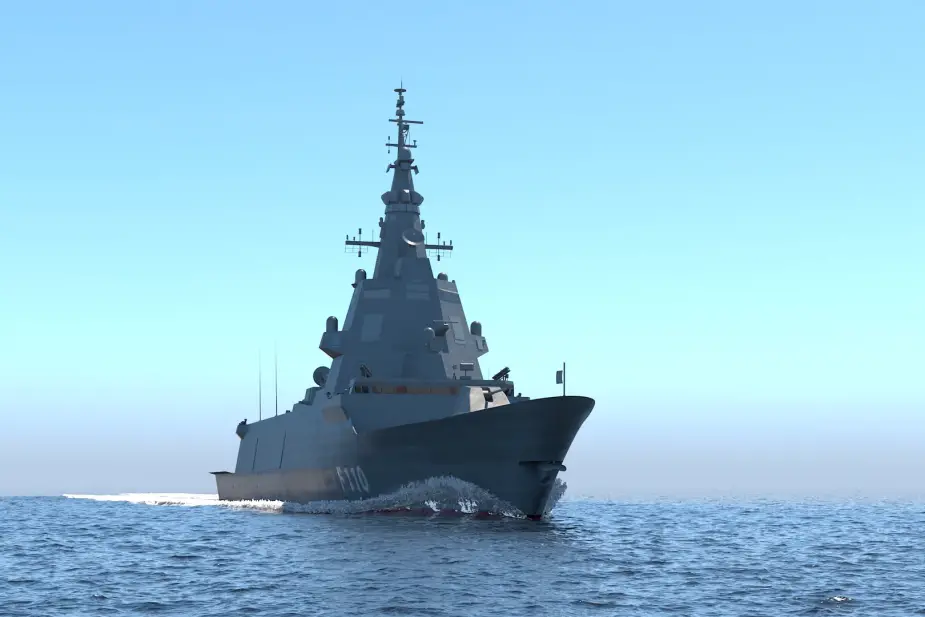Breaking news
Indra Signs contract with Lockheed Martin to manufacture Radar for F110 Frigate.
Indra has signed a contract with the US company Lockheed Martin to supply the main components of the AESA (Active Electronically scanned Arrays)S-band anti-air warfare radar antenna of the future F110, one of the sensors that will make this frigate one of the most advanced of its kind in the world. The value of the contract amounts to over €150 million and will last for 7 years.
 F110 Frigate (Picture source: Indra)
F110 Frigate (Picture source: Indra)
Lockheed Martin's Vice President & General Manager of the Integrated Warfare Systems and Sensors line of business, Paul Lemmo, and Indra's Executive Director of Transportation and Defence, Ignacio Mataix, sealed the agreement at an event held at Navantia’s headquarters in Madrid, Spain. The signing of the agreement was immediately preceded by the signature of Lockheed Martin’s contract with Navantia to equip the Spanish Navy’s five F110 frigates with S-band radars, as well as the Integrated Ground Systems Center (CIST) in which the system will be tested.
This subcontract signed with Indra is within the framework of Lockheed Martin’s S-band Radar contract and will supply the critical elements to support the digital transmission and reception of each of the radars elements. This is the first of the contracts that Indra expects to be awarded during the construction phase of the five frigates to equip them with the sensors that their built-in mast carries.
The S-band anti-air warfare radar is one of the ship's key sensors and provides the supremacy that the frigate needs to dominate in combat. Formed by hundreds of blocks or tiles, it can perform multiple tasks simultaneously.
It is a fully digitized system composed of hundreds of small independent blocks or tiles. Its flat facets laid out around the mast minimize the ship's radar profile. Indra and Lockheed Martin have been working for the Spanish Defence Ministry and Navy for ten years in the development of advanced solid-state radar technology.
Thanks to these digital tiles, this system will be able to operate as if it had several radars working simultaneously, which gives it its multitasking capability. It may, for example, operate as a long-range radar and integrate missile control, as well as setting tracking on multiple targets.
The combat system, sensors and electronic defence systems that equip a naval vessel constitute an increasing percentage in the construction of military ships.
Indra leads the development within the F110 Program of some of the most advanced sensors that will be available in the international market in the coming years. In addition to the aforementioned tiles for the S-band radar, Indra is developing:
The 25X Prisma Radar: whose mission is surveillance of the surface and low-altitude aerial targets.
The IFF System: which will identify allied from enemy aircraft and will have an integrated ADS-B surveillance system that will give support to air control in international missions.
Electronic defence systems: which will track the communications band and the radar band. They will detect and identify any vessel, submarine or nearby aerial or land platform, allowing the ship to circumvent multiple threats simultaneously
IRST i110: which will provide protection capacity against sea-skimming missiles or swarms of vessels, which typically attempt to impact the waterline of ships. It is a system on which Indra is working in conjunction with Tecnobit.



























